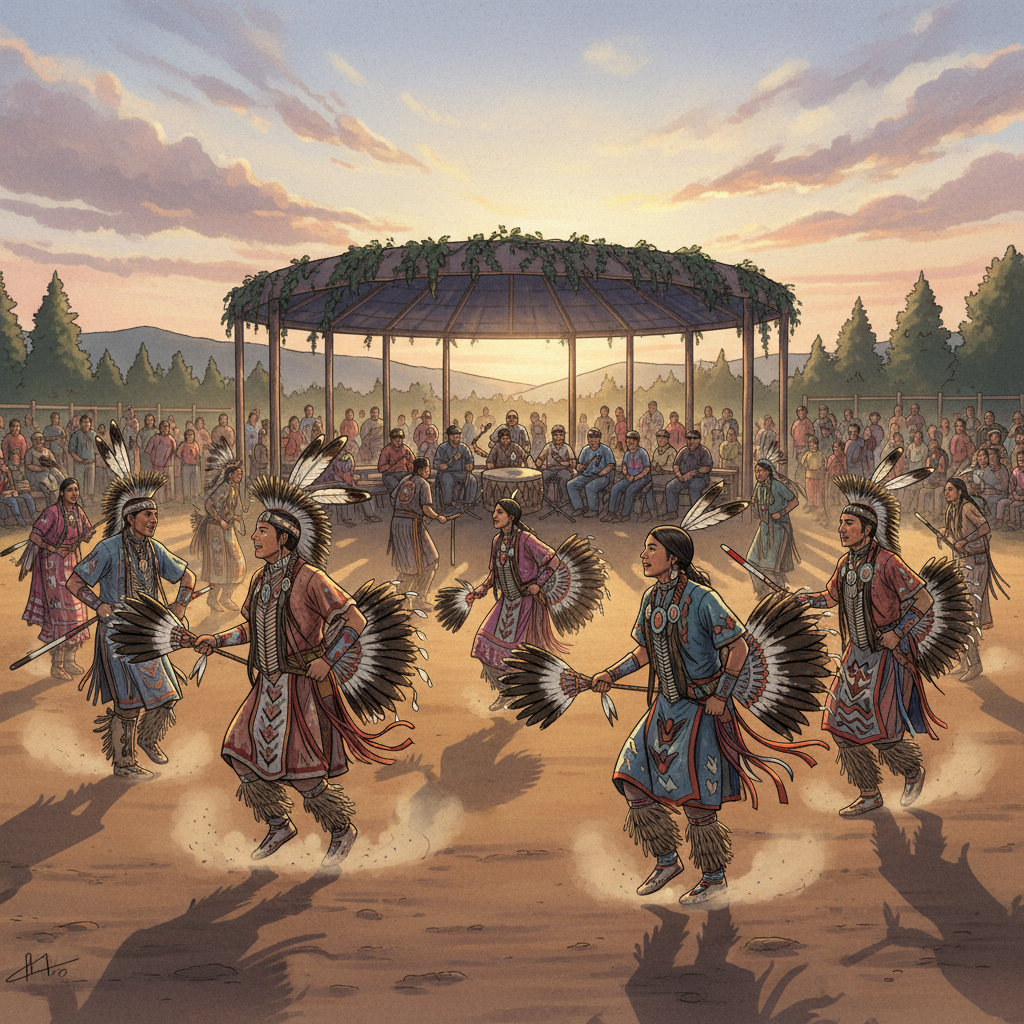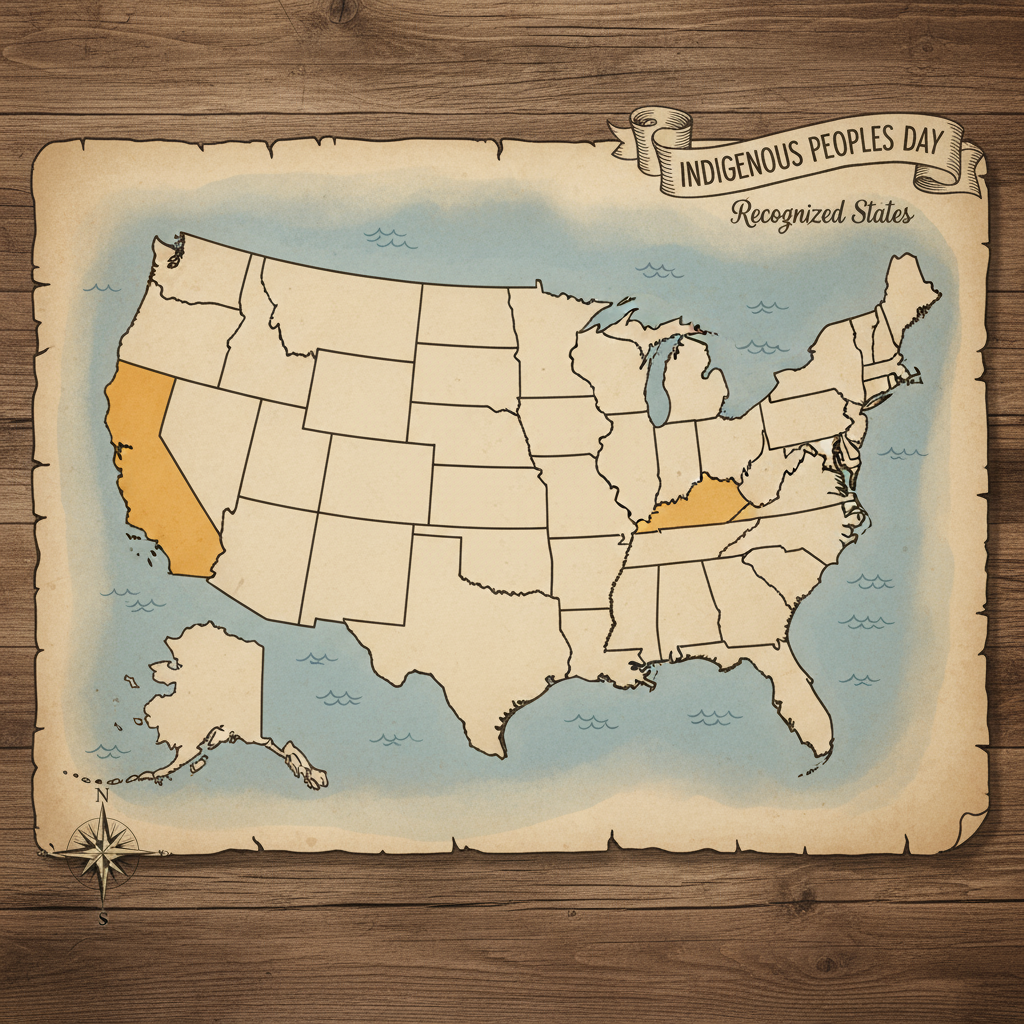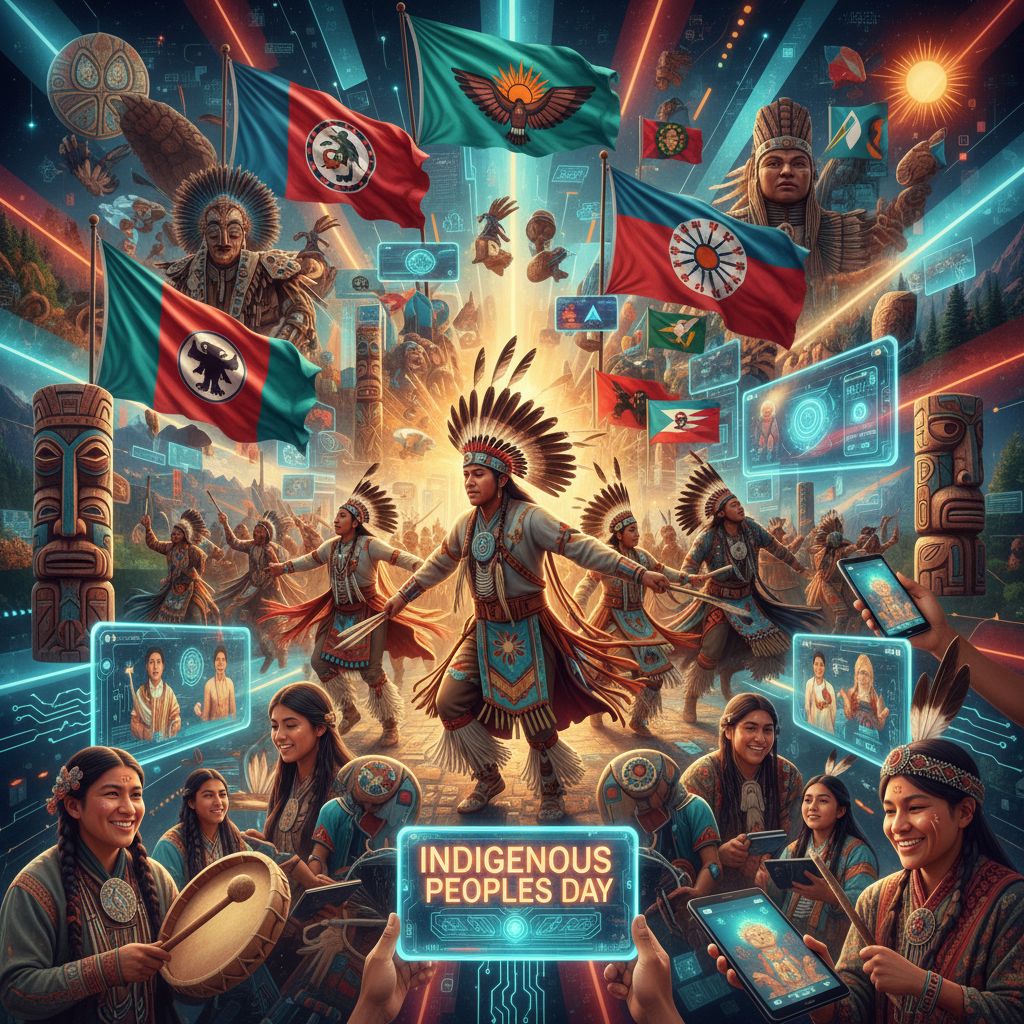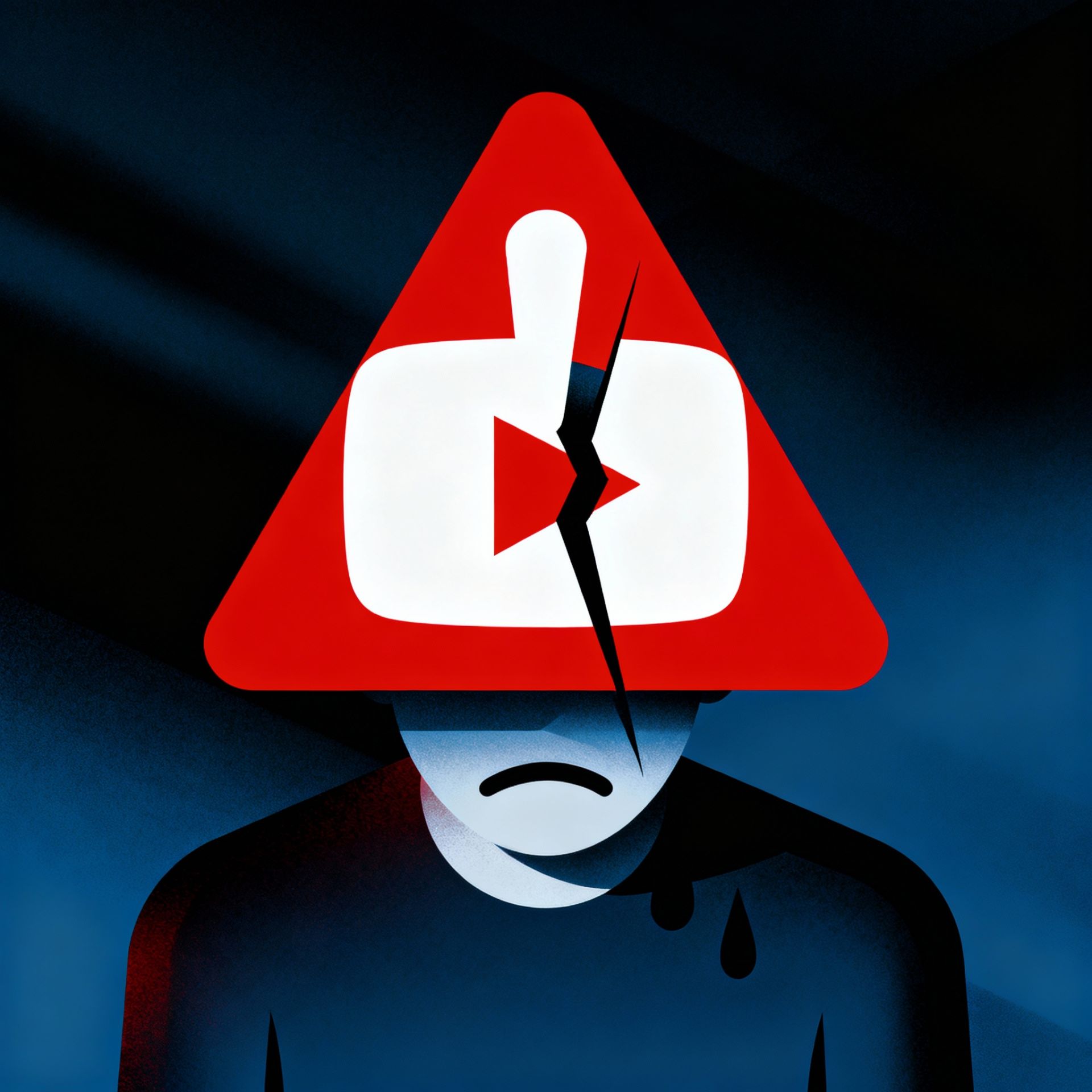What Is Indigenous Peoples Day?
Indigenous Peoples Day is observed annually on the second Monday of October as an alternative to Columbus Day. Rather than celebrating the arrival of Christopher Columbus, this holiday honors the resilience, cultures, and histories of Native American communities across the United States. Established to acknowledge centuries of colonialism’s impact, it serves as both a celebration and a call to action for true representation and respect.
History and Origins
The seeds of Indigenous Peoples Day were sown at a 1977 United Nations conference on discrimination against Indigenous populations. South Dakota became the first U.S. state to officially replace Columbus Day with Indigenous Peoples Day in 1989, followed by Berkeley, California, in 1992. Grassroots activism and local proclamations spread steadily: by 2025, 17 states and over 130 cities had adopted the holiday, reflecting a broader shift toward decolonizing public memory and educational narratives.
How It’s Celebrated Today
Community Events and Festivals
Communities host powwows, art fairs, and cultural demonstrations that showcase Indigenous music, dance, and craftwork. These gatherings foster connection, educate the public, and empower tribal voices.

Educational Initiatives
Schools and museums organize lectures, film screenings, and storytelling sessions, highlighting pre-Columbian histories, contributions to environmental stewardship, and contemporary Indigenous achievements. Curriculum guides encourage learning about tribal sovereignty, treaty rights, and traditional ecological knowledge.
Political and Legal Recognition
In 2021, President Biden issued the first presidential proclamation commemorating Indigenous Peoples Day, affirming Federal recognition of Tribal sovereignty. Legislative efforts continue in Congress to establish the holiday at the national level, reflecting growing momentum to codify its status.
Impact and Importance
Indigenous Peoples Day is more than a name change; it’s a reclamation of history. By centering Indigenous perspectives, the holiday:
Amplifies visibility for Native communities in public discourse.
Encourages reflection on ongoing challenges—land rights, cultural preservation, and environmental justice.
Celebrates centuries-old traditions that offer insights into sustainable living and community resilience.
How You Can Participate
Learn and Reflect: Read Indigenous authors like Roxanne Dunbar-Ortiz’s An Indigenous Peoples’ History of the United States.
Attend Events: Join a local powwow or cultural festival.
Support Indigenous Artists and Businesses: Purchase handcrafted wares or donate to scholarship funds.
Advocate: Urge policymakers to recognize the holiday federally and protect Tribal sovereignty.
For an inspiring glimpse of modern celebrations, watch this Indigenous Peoples Day powwow video:

By embracing Indigenous Peoples Day, we honor the first inhabitants of this land, learn invaluable lessons from their enduring cultures, and recommit to a future built on respect, solidarity, and justice.



